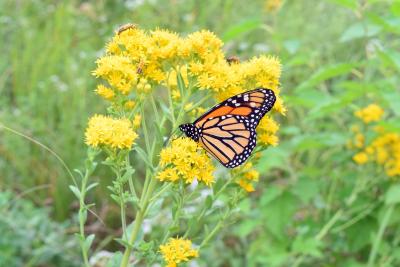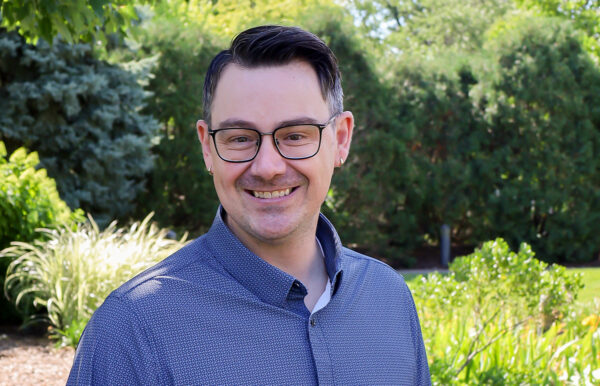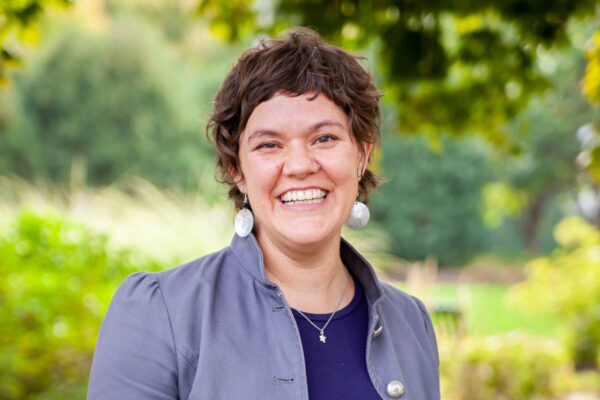A prairie for pollinators

With summer camp now over, Camp Shalom will begin a noticeable change.
The camp, near Maquoketa, Iowa, has approximately 30 acres of grass that staff and volunteers mow each week with a supply of fuel and sturdy mowers. But this fall, about a third of that 30 acres will be transformed into a mixture of milkweed, native grasses and wildflowers as part of a federal initiative to create more pollinator habitat.
The project will provide habitat for butterflies, bees, and a wide variety of other insects and animals.
“It’s going to be planted with a very specific seed mixture,” said Tom Bley, a St. Paul member who is the executive director of Camp Shalom (which began as a St. Paul ministry many years ago). “It will be 15 percent milkweed to bring back monarch butterflies. The rest will be native grasses and wildflowers.”
“It’s a chance to create an educational opportunity for kids to experience butterflies and see how beautiful they are. We will reduce our carbon footprint. Plus,” he added with a smile, “we mow way too much grass.”
The areas to be transformed are near the Charis House, the old Low Ropes area, and some of the program director’s house at the entrance of camp. The program, through the U.S. Department of Agriculture, or USDA, requires that these areas remain in the planted grasses for a minimum of five years.
According to the USDA, pollinators are an essential link in agriculture. Animal pollinators, especially bees, are critical for producing more than one-third of our food products. In fact, bee-pollinated commodities account for $20 billion in annual U.S. agricultural production and $217 billion worldwide. In addition to bees, other pollinators, including butterflies and moths, beetles, flies, wasps, birds, and bats are necessary for pollinating more than 80 percent of plants in nature.
The initiative, officials say, offer landowners a way to create longer-lasting meadows of high quality native wildflowers that support pollinators and other wildlife throughout the growing season. Combined, these efforts are increasing pollinator habitat across the U.S.
The process at Camp Shalom will begin soon with some vegetation and tree removal, Tom said. The designated areas will be sprayed to kill the grass and weeds now there. Next spring, the plots will be seeded with the approved seed mixture. A schedule of very sporadic mowing and burning will then ensure the health of the area for years to come. Bee hives will also be allowed, if someone is so inclined.




